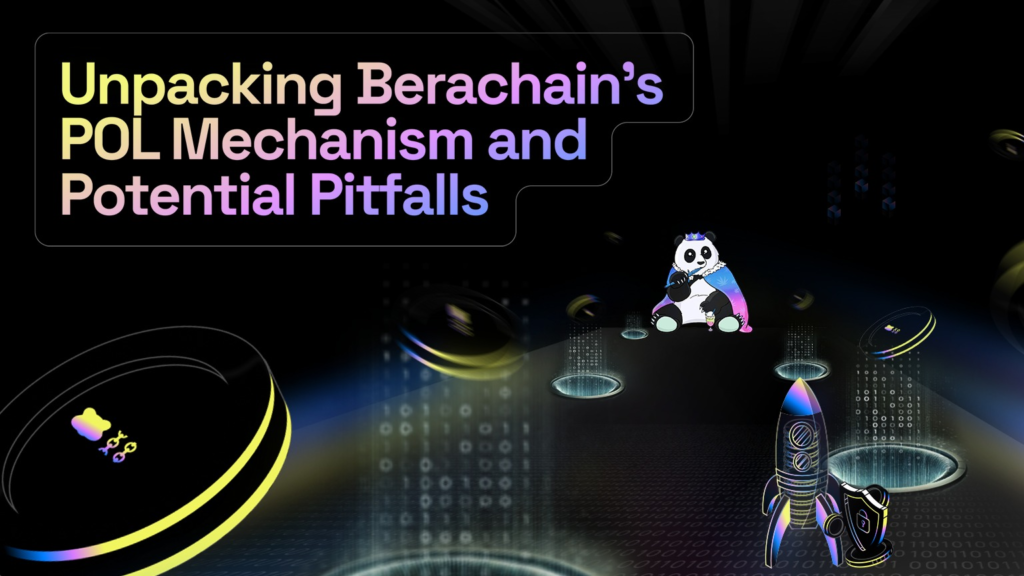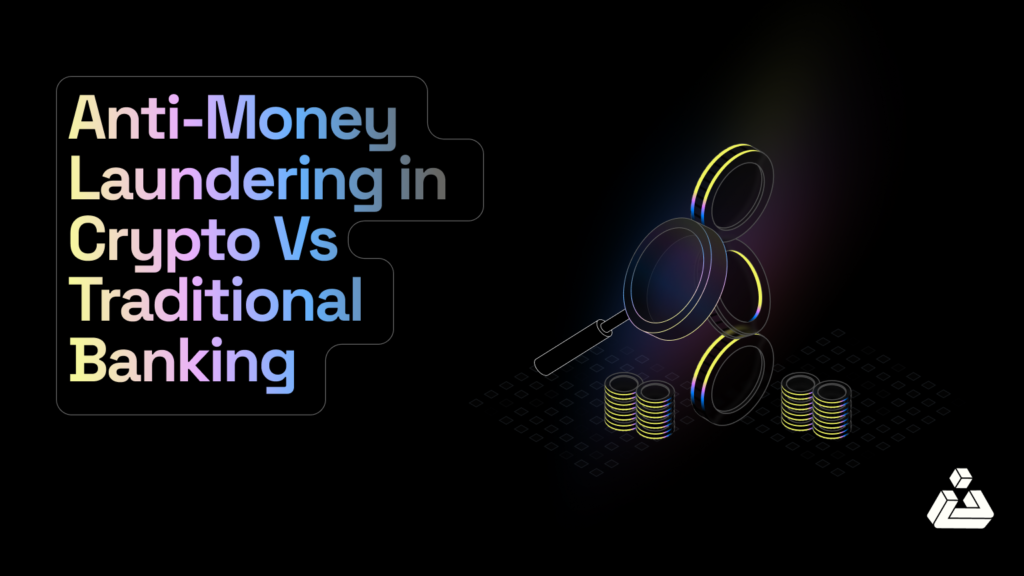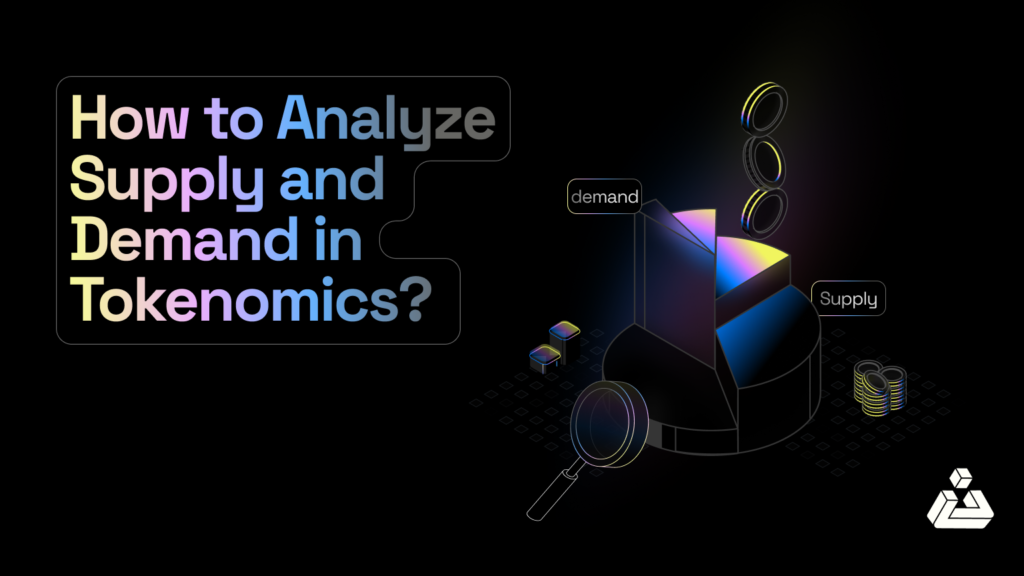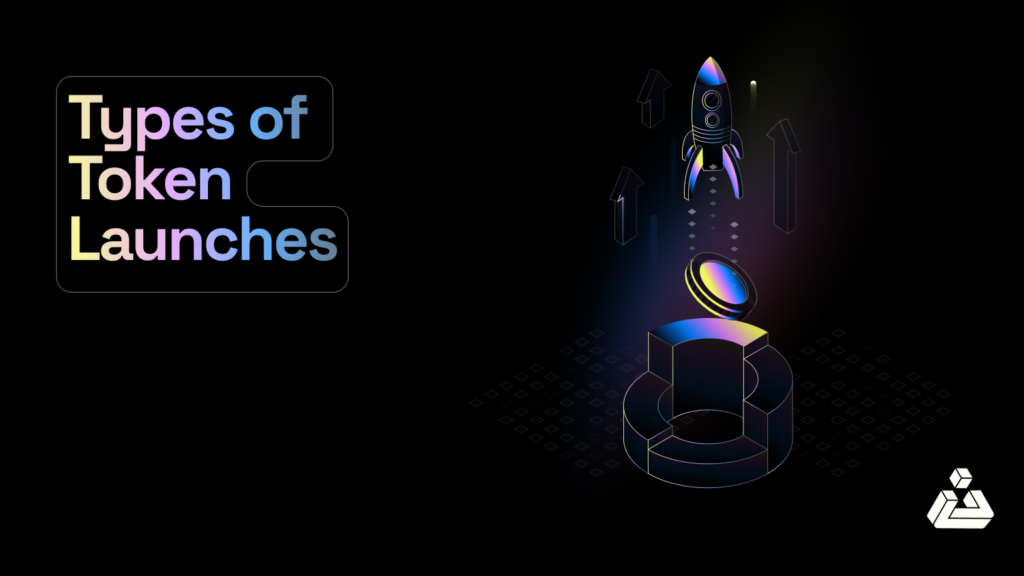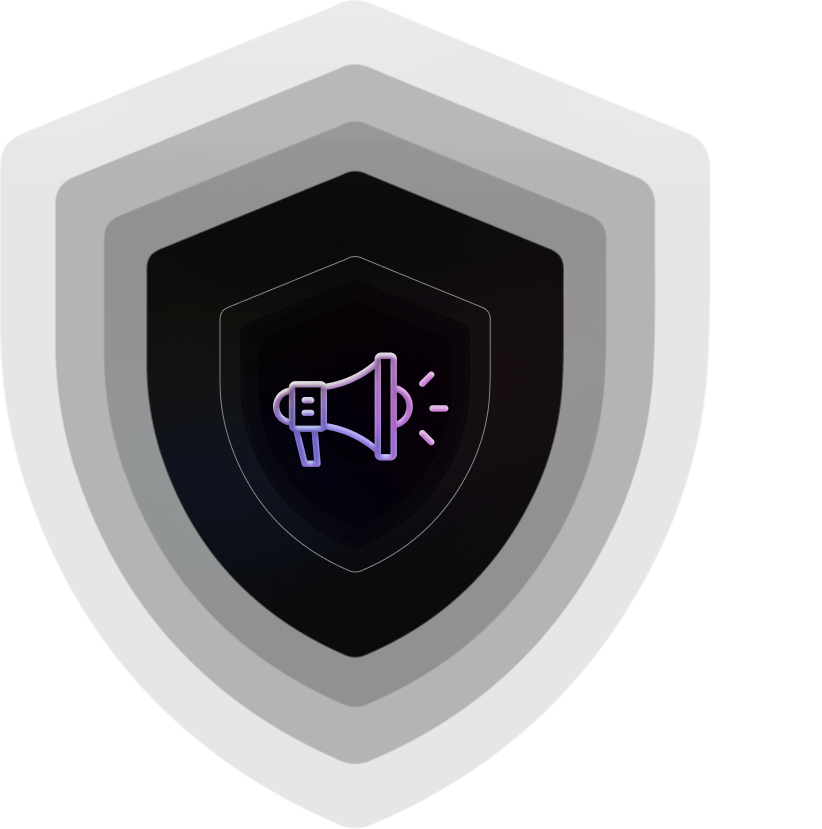Introduction:
With time, technology grows in almost every field. The inception of the internet has proved to be a significant technological revolution that influenced the world extensively. Talking about today, we have witnessed various phases of the web until now. The original web 1.0 was comprised of static pages whereas web 2.0 is more of an interactive version of the web where user-generated content is at its peak. Now we have web 3.0, which uses blockchain technology to create a more decentralized web. Instead of independent sites hosted on a particular server, Web 3.0 use of the blockchain provides greater resiliency, protection against censorship, and other benefits.
Let’s dive into the concepts of web 2.0 and web 3.0, along with major security differences.
Web 2.0:
After the dot-com bubble burst, the constant need for technological advancements expedited the modifications on the internet. Those modifications brought large-scale changes to its usability, functionality, and also its interface.
In 2004, a conference was held, which is now famously known as the Web 2.0 Summit, Tim O’Reilly and John Battelle held the summit. They explained that web 2.0 is not just a mere concept but has a high gravitational core. They visualized web 2.0 as a set of principles and practices that tie together as a solar system. Those solar system components are visible at some distance from its core, making every element essential.
Web 2.0 emerged as a reading, writing, and creating space where people could interact and collaborate. The web2 brought tremendous changes in the history of the internet. Firstly, the read-only version of the website was molded into a more interactive, updated version. Here, the users could interrelate with the content and even share their points of view in the form of feedback, comments, and suggestions which brought social media platforms to the limelight (e.g., Facebook, founded in 2004). These social media platforms let their users create content (such as blogs, press-release, articles, videos, etc.) which in essence, instill a sense of freedom of expression. Web 2.0 gained high popularity through user-generated content.
From a Technical POV, web 2.0 expanded tremendously. The basic Html language was improvised by introducing Java, JavaScript, and other languages. That brought enhancement in creativity, improved functionality along with increased collaboration.
Although this new and improved version of the world wide web has paved the way for a plethora of emerging technologies and realized the previously conceptualized freedom, it has also imposed numerous restrictions. Most importantly centralization or censorship which means that there exists a central entity that has concentrated all the power and control within itself. Such kind of centralization creates a facade of “Perceived Freedom”. The platforms have all the control to manipulate things we see online!
Web 3.0:
To cater to the issue of centralization web 3.0 emanates into the picture. Web 3.0 proposed the concept of decentralization. Decentralization simply means that the power and decision-making processes are passed down from the management to the users. There is no central entity that would control the internet.
The word Web 3.0 was coined by Gavin Wood – Co-Founder of Ethereum and Founder of Polkadot.
What makes web 3.0 the future of the internet? Well, Web 3.0 is a semantic web where it promises to establish information in a better-existing way than any current search engine can ever attain. Web 3.0 promotes four concepts which mainly are authenticity, i.e., every piece of information existing on the internet is a fact or derived from a fact. Integrity, willingness to abide by moral principles, and ethical values. Transparency, the data present on the internet is accessible for every user to witness. Lastly, Confidentiality which is achieved by Blockchain technology, where every user’s identity is anonymous, making it secure.
Web 3.0 also entails the use of Distributed Ledger Technology (Blockchain) and Smart Contracts, which protect the information of each of its users creating decentralization.
Now let’s discuss some of the major differences between web 2.0 and web 3.0
How Web 2.0 is Different From Web 3.0?
Web 3.0 faces many of the same security risks as Web 2.0. However, the differences between the two technologies create new security risks and amplify others.
Identity Governance:
In the world of web 2.0, giving a real identity is the major focus. Many companies want to sell users’ data so that they could protect themselves from scams. Social media platforms usually ask for authentication so that they could have a list of known and identifiable users. This is also a security benefit because it gives a trail of information and evidence if any scam happens.
Whereas Web 3.0, which is a blockchain-based system, works on pseudonymous where users could be identified with their public keys or blockchain address. Key management in web 3.0 is a major concern as weak authentication causes easy loopholes to penetrate, whereas difficult to identify the culprit.
Patching vs Prevention:
In the traditional IT world, a large amount of security work is responsive. A patch is deployed to call it a safe day when a loophole is discovered. If data on the server is corrupted with ransomware, it could be easily rolled back to the original state.
Web 3.0 works differently, data is stored on an immutable ledger i.e once the data is deployed no changes can be made. It is highly cardinal to be proactive, and prevention focuses so that all the loopholes are identified before the deployment.
Payment Integration:
In general, stealing money on Web 2.0 involves stealing valuable data such as credit card information or data that can be used for fraud. This way culprit could make out monetizing incentives from it. Also, web 2.0 attacks are mostly ransomware through which the bad actors make millions.
In web 3.0, money is built onto the web itself in the form of cryptocurrencies. This makes it easier for hackers/cybercriminals to monetize the attacks. That’s why it is crucial to consider security to be top-notch.
Centralized System:
As discussed above web 2.0 is extremely centralized. This has significant privacy implications but also means that these organizations own their security and can bring significant resources to bear on securing their infrastructure.
Decentralization has many advantages, but it also has security implications. With decentralization, decisions are made by an open group and no one “owns” the security of the system. Governance by consensus is slower than centralized voting because consensus must be reached by all participants in an open forum. It can be more difficult to force nodes to install updates if they cannot block a proposed change simply because they don’t care about it.
In a Nutshell:
Web 3.0 is still in its infancy, and significant development will be needed before it supplants web 2.0. As the technology evolves and matures, some security risks may be conclusively resolved and others may be created. Web 3.0 security is vital to the success and widespread adoption of Web 3.0 technology.






